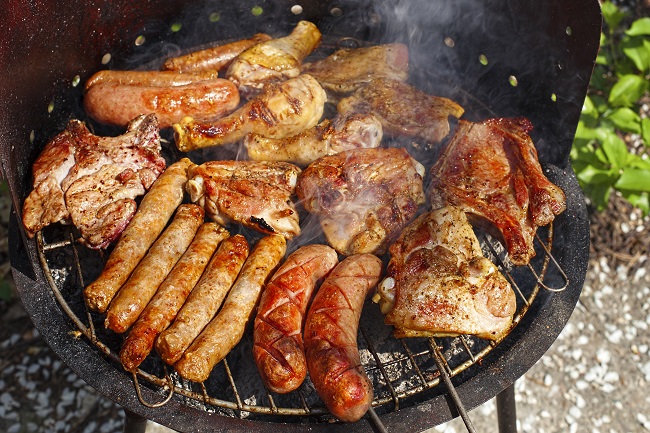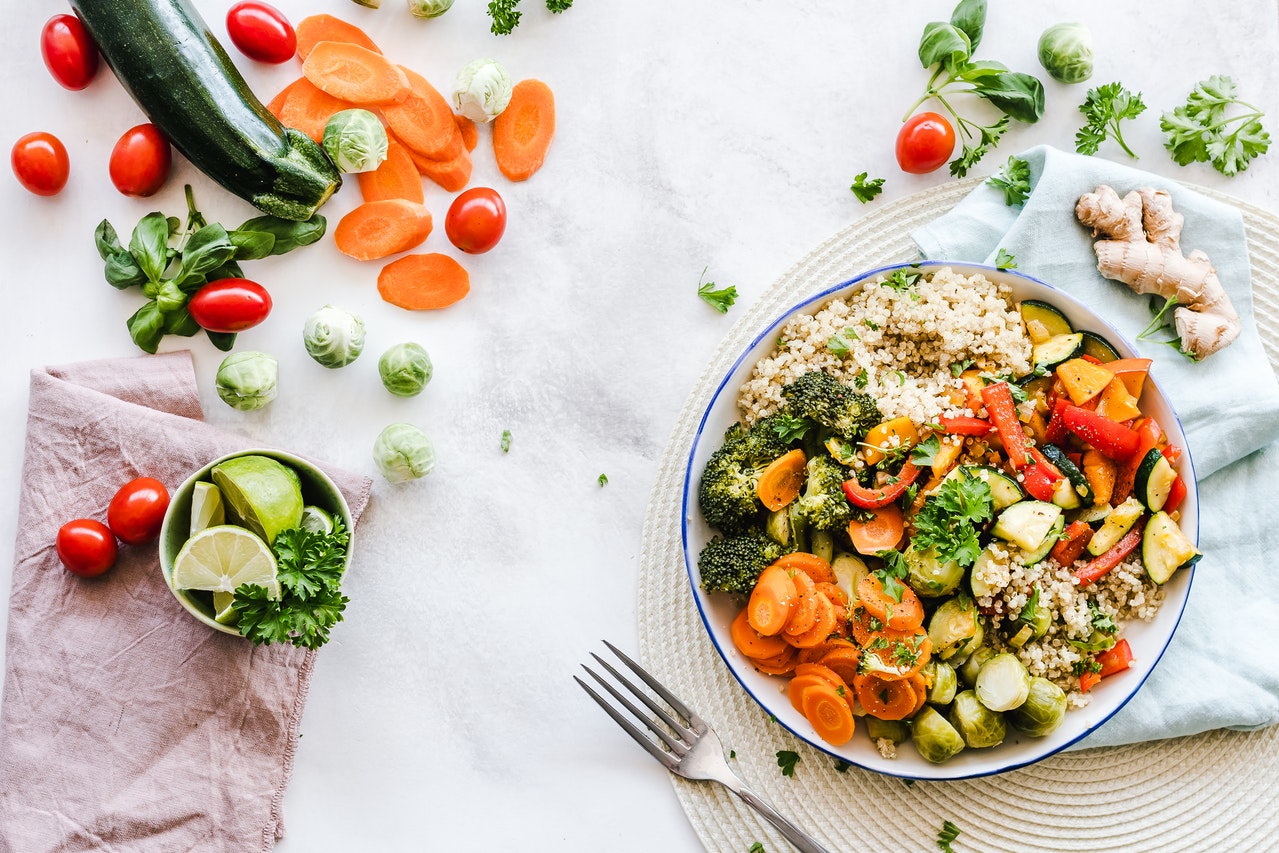Choosing healthy meals for you and your family can be difficult when you’re not sure where to start. Most people know that eating plenty of vegetables, leafy greens, and lean meats is good for you, but what about the actual preparation of food and meat? Choosing the wrong meats, not preparing meat correctly, and the way meat is cooked can greatly affect the quality of the meal that’s being prepared and can have negative health results. Here are some tips on what types of meats to choose, how to prepare them, and how to cook them to ensure they’re both delicious and good for you.
1. Choosing Your Meat
With all the varieties of meat out there, it’s hard to know which one is the best. Try to choose meats that are high in protein, natural or organic, and haven’t been processed. Fish, in particular, is very good for you. If seafood isn’t your thing, try turkey, chicken, beef, buffalo, pork, or lamb. Limit your consumption of pork and beef, as they tend to have more fat than other meats.
2. Preparing Your Meat for Cooking
Bacteria can grow on meat, especially in cases where meat isn’t stored properly or kept at a proper temperature. Make sure you store raw meats at an appropriate temperature before preparation, so as to avoid the growth of E. coli or other forms of dangerous bacteria. As a rule, meat should be refrigerated at temperatures below 40 degrees, and should never be left out in temperatures between 40 and 140 degrees for long periods of time.
3. Cooking Your Meat
Choosing the right method of cooking meat can lend to the tastiness and the healthiness of your meal. The healthiest ways to cook meat are sautéing, baking, roasting, grilling, and broiling. Avoid frying meat, as the extra oil and fat is unhealthy. Try to avoid using oils in cooking. If you need to use oil, opt for a pure olive oil or coconut oil, and only use a small amount. Avoid seasoning your meat with a lot of salt. Instead, opt for rich flavors or acidic ingredients, like lemon juice, curry powder, or cooking wine.
4. Health Risks from Overcooking
New research has shown that scorching meat can lead to some devastating health results, including risk of pancreatic cancer caused by carcinogens. These carcinogens, however, are not formed when meat is baked or stewed. If you want to fry or BBQ meat, turn down the heat to avoid creating charred edges that could have cancer-forming properties. Do not try cutting off the charred parts of meat after cooking. Cancer-causing hydrocarbons can form in the smoke around the meat when fat from the meat comes in contact with the heat source. To avoid this, cut off the fatty parts of meat prior to cooking. Make sure to never expose meat to direct flame. You can reduce the formation of carcinogens in meat by marinating first, particularly in red wine, lemon juice, or garlic.
5. Portion Control
Consider adding vegetables, salad, or a sweet potato to fill the rest of your plate and help control portion size. Proper preparation and cooking of meat will add to the flavor of the meat and will keep you and your family healthy, happy and satisfied.
Featured images:
- License: Image author owned
Ryan Dolan is a freelance health and food blogger. He recently purchased a meat slicer from Berkel Sales and Service, and could not be more excited to begin preparing his meat at home!





